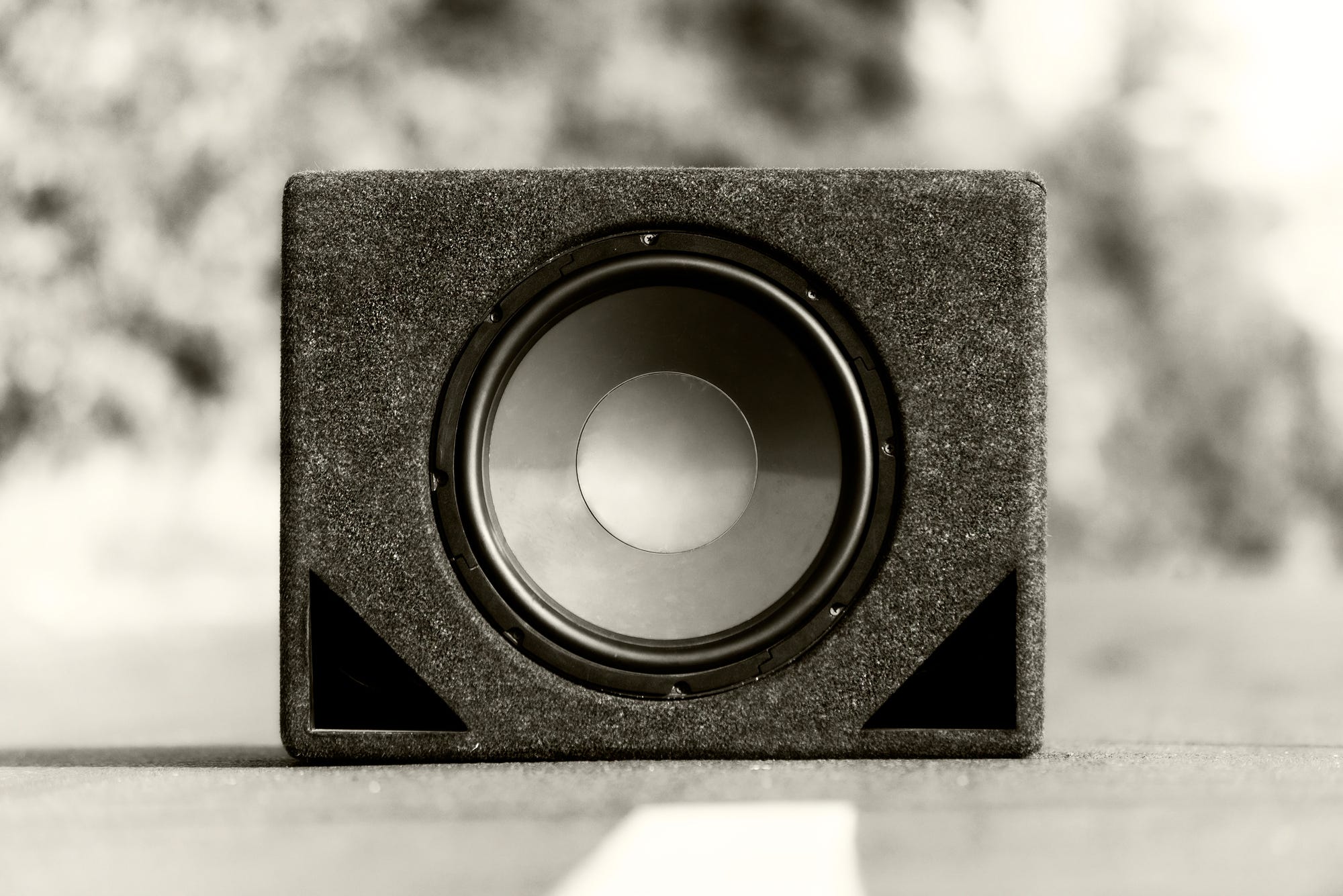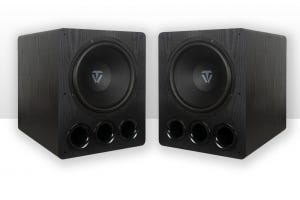
For those of you who are still not certain that a subwoofer is a necessary part of a sound system, let's first make this clear: you need a sub. Contrary to what you might think, having a subwoofer is not all about getting the boomiest bass possible. Subwoofers add depth and immersion to the audio quality by improving the dynamics between your speakers.
Not only do subs add a level of clarity to the bass frequencies, but they also remove some of the load from the stereo speakers, allowing them to focus on the mid and high frequencies. So, if you care about the audio quality of your multi-thousand dollar sound system, a sub is an absolutely necessary component. And even if you think your large floorstanding speakers can handle the bass, think again; practically any size speaker can benefit from having a subwoofer.
Now, adding a subwoofer certainly complicates the acoustics of a system, so it's important to set up a sub correctly. If you want to get the most out of your sub, try some of these tips:
Placement of the Sub
In order to maintain dynamic balance and not make the sound too muddy with bass, proper subwoofer placement is essential. While subwoofers are non-directional, so their exact placement and orientation isn't as particular as stereo speakers, the location of a sub still matters.
For the most part, you should avoid putting your sub right up next to a flat wall. This can cause some unpleasant reflections that make the bass too loud and flat. To find the right spot for your sub, sit in your favorite spot to listen to music or watch movies and place your sub in different spots around the room until you find a spot you like.
The type of sub you have can also impact its ideal location. Front-firing subs produce audio out of one side, whereas down-firing subs produce audio directly into the ground. Down-firing subs are usually responsible for the floor-shaking bass experience, and are usually best placed near the listening area rather than the other speakers.
Many people opt for putting the sub directly under the couch; this can help you really feel the vibrations, which is great for movie-watching. If you want to bump up the bass, try placing the sub in a corner. This should boost the volume of the bass frequencies; if you prefer well-balanced audio, avoid this. You can also consider adding some acoustic treatment such as bass traps to the room, which should help smooth out those bass tones.
Signal Management
To get your sub synced up with the stereo speakers, be sure to check the crossover. The crossover is what controls the distribution of frequencies among the speakers, sending the low frequencies to the sub, and mid and high frequencies to their respective drivers.
Check the frequency range on your stereo speakers, and set the sub crossover to 10 Hz above the low limit. For example, if your stereo speakers can reproduce audio down to 35 Hz, set the sub crossover to 45 Hz. This should create a nice balance between your speakers.
If you turn on your subwoofer and you find that you can't really tell the difference or are having trouble hearing the bass, check the phase. Phase alignment between the sub and stereo speakers will impact how the two interact, and if they are out of phase, the bass frequencies might cancel out. You should be able to flip the polarity on the subwoofer, so turn on a bass-heavy song and flip that switch.
Separate Subwoofer Amplifier
Many surround sound amps have a specific output just for subs. If yours does, this means you can connect it to a second mono or stereo amp that is dedicated to the subwoofer. Once they're connected, you should be able to make all changes with the main amp.
You Don't Have to Stop at One
If you have a large room or a dedicated home theatre room, there are no rules against having more than one subwoofer. Larger spaces can often benefit from having two or even three subwoofers. This ensures that the bass can be properly heard from anywhere in the room, which is important if you want a quality audio experience for all listeners.





